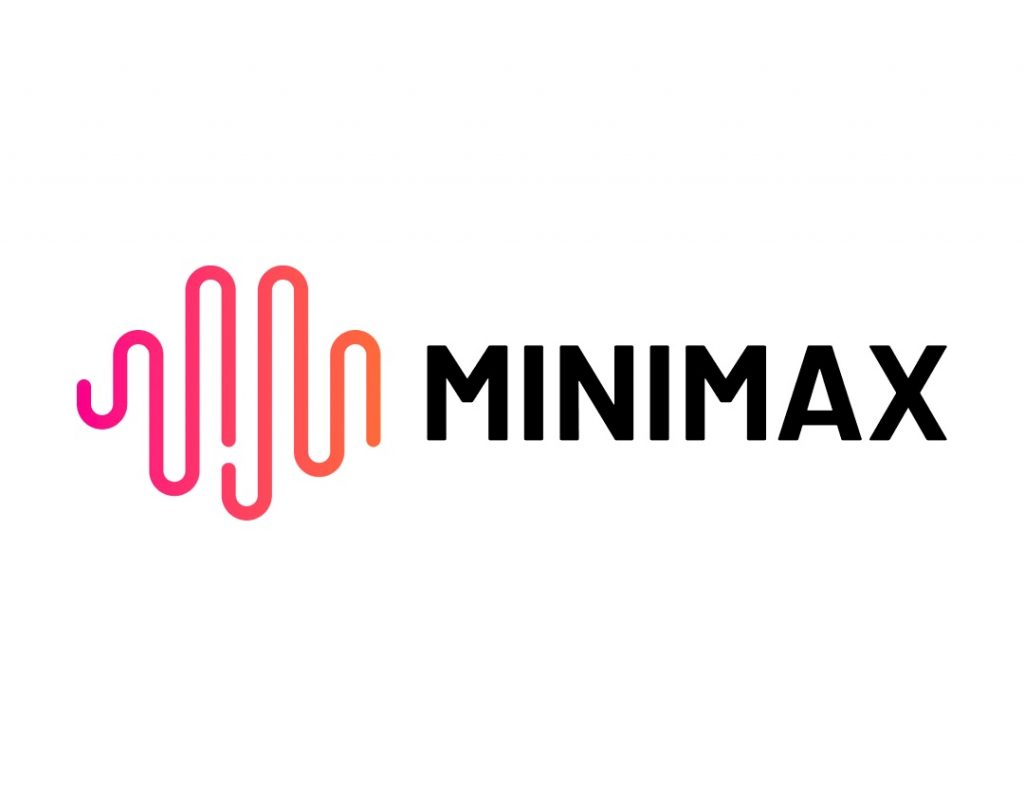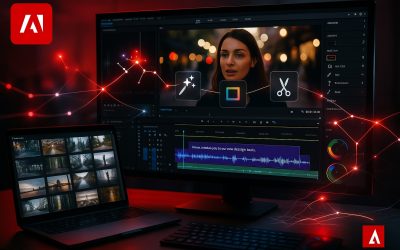Chinese AI startup MiniMax launched its M2 language model Monday, achieving the highest score among open-source models in Artificial Analysis’ Intelligence Index and positioning itself as a serious challenger to proprietary systems from OpenAI and Anthropic.
The model scored 61 points in comprehensive testing, ranking fifth globally behind only GPT-5, Grok 4, and Claude Sonnet 4.5. MiniMax M2 surpassed Google DeepMind’s Gemini 2.5 Pro, which scored 60 points, marking a significant achievement for China’s open-source AI ecosystem.
This performance breakthrough challenges assumptions about the technological gap between Chinese and Western AI capabilities. While US companies have dominated large language model development, MiniMax demonstrates that Chinese startups can compete at the frontier of AI research while maintaining open-source accessibility that proprietary models lack.

Efficient Architecture Delivers Competitive Performance
MiniMax M2 employs a Mixture-of-Experts (MoE) architecture with a total of 230 billion parameters but activates only 10 billion during inference, ensuring exceptional efficiency. “Using only a small subset of parameters allowed the model to operate efficiently at scale,” according to Artificial Analysis. This compares favorably to competitors like DeepSeek V3.2, which uses 37 billion active parameters, and Moonshot AI’s Kimi K2, which uses 32 billion.
The sparse architecture enables deploying the model on just four NVIDIA H100 GPUs with FP8 precision, making it accessible to mid-sized organizations. Despite the compact active footprint, M2 delivers inference speeds of approximately 100 tokens per second—roughly double that of competing models like Claude Sonnet 4.5.
This efficiency advantage addresses one of the biggest practical barriers to AI adoption. Organizations without massive GPU clusters can run M2 at competitive performance levels, democratizing access to frontier model capabilities. The 100 tokens per second throughput means responsive real-time applications without the infrastructure costs that typically accompany state-of-the-art AI deployment.
The MoE architecture’s efficiency stems from routing each input to specialized expert networks rather than processing through all parameters. This conditional computation reduces both memory requirements and processing time while maintaining model quality through expert specialization.
Coding and Agentic Tasks Demonstrate Excellence
MiniMax M2 particularly excels in agentic workflows and coding applications—areas enterprises increasingly prioritize. The model achieved notable results in specialized benchmarks: 69.4 on SWE-bench Verified for real-world programming tasks, 77.2 on τ²-Bench for tool usage, and 44.0 on BrowseComp for web research capabilities.
“The model’s strengths include tool usage and instruction following,” noted Artificial Analysis, emphasizing M2’s focus on practical applications rather than general tasks. Independent developer testing showed M2 achieves approximately 95% accuracy on mixed tasks compared to 90% for GPT-4o and 88-89% for Claude 3.5.
These benchmarks reveal M2’s particular strengths in structured, tool-based reasoning rather than general conversation or creative writing. The 69.4 SWE-bench Verified score indicates the model can successfully resolve real GitHub issues and bug reports—practical capabilities that directly translate to developer productivity gains.
Florian Brand, a PhD student at Trier University in Germany and open models expert, noted: “I’m genuinely impressed by their progress,” highlighting substantial improvements over MiniMax’s previous M1 model.
Aggressive Pricing Challenges Established Players
MiniMax offers the model at $0.3 per million input tokens and $1.2 per million output tokens—just 8% of Claude Sonnet 4.5’s cost while maintaining competitive performance. The model is available under MIT license on Hugging Face and GitHub, with API access currently free for a limited period.
This pricing strategy represents more than competitive positioning—it’s potentially disruptive to the AI services market. At one-twelfth the cost of comparable proprietary models, M2 enables applications where API costs previously made AI integration economically unfeasible. The MIT license additionally allows unrestricted commercial use without licensing fees or usage restrictions.
The temporary free API access appears designed to build developer mindshare and gather real-world usage data that can inform future improvements. This mirrors strategies used by other AI companies to rapidly expand their user base and establish market presence before implementing sustainable pricing.
Open Source Strategy and Market Implications
By releasing M2 as open source under a permissive license, MiniMax diverges from the increasingly common pattern of “open weights” models that restrict commercial use or require attribution. Organizations can deploy M2 internally, modify it for specific use cases, or integrate it into products without ongoing licensing obligations.
This approach contrasts sharply with proprietary models from OpenAI, Anthropic, and Google that require ongoing API payments and maintain strict usage terms. For enterprises with data privacy concerns or regulatory requirements preventing external API use, locally-deployed open-source models like M2 offer the only viable path to leveraging advanced AI capabilities.
The Chinese AI ecosystem has increasingly embraced open-source development, with multiple companies releasing competitive models publicly. This strategy accelerates iteration through community contributions while establishing Chinese AI companies as credible alternatives to US-based providers amid ongoing technological and geopolitical tensions.
Technical Accessibility and Deployment Considerations
The four-GPU deployment requirement positions M2 as accessible to research labs, mid-sized companies, and well-funded startups rather than only hyperscale cloud providers. A single server with four H100 GPUs represents roughly $100,000-150,000 in hardware costs—substantial but within reach for organizations serious about AI deployment.
FP8 precision enables this efficiency by reducing memory bandwidth requirements and computational complexity compared to FP16 or FP32 formats. While lower precision theoretically reduces model quality, careful training and quantization techniques minimize accuracy loss while delivering dramatic performance improvements.
Organizations evaluating M2 should consider that benchmark performance doesn’t always translate directly to real-world task quality. The model’s particular strengths in coding and tool use make it especially suitable for developer assistance, API integration workflows, and structured data processing rather than open-ended creative tasks or nuanced conversational applications.
Whether MiniMax M2 sustains its strong initial showing depends on community adoption, ongoing development, and how rapidly competitors respond with improved models. The open-source nature means other organizations can build on M2’s architecture and training techniques, potentially accelerating progress across the entire AI ecosystem rather than maintaining proprietary advantages for MiniMax alone.




Post a comment